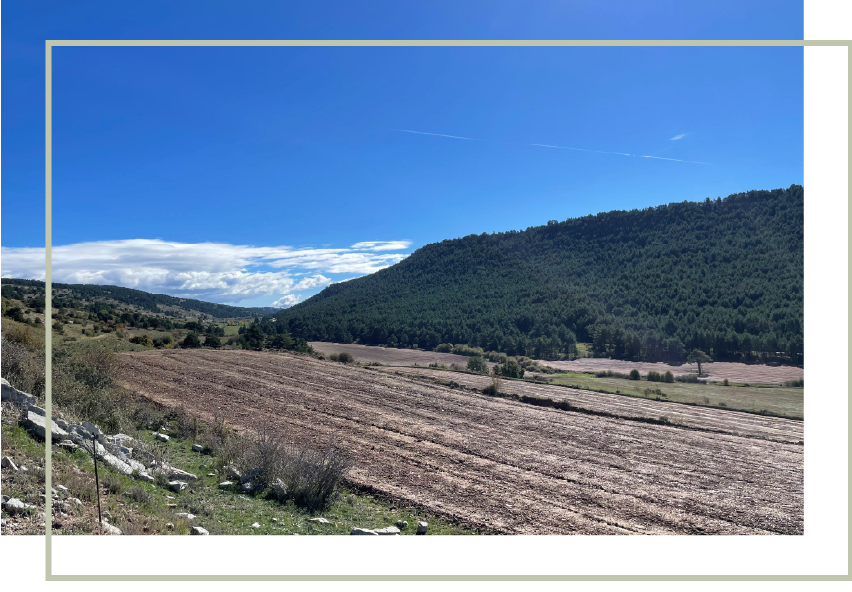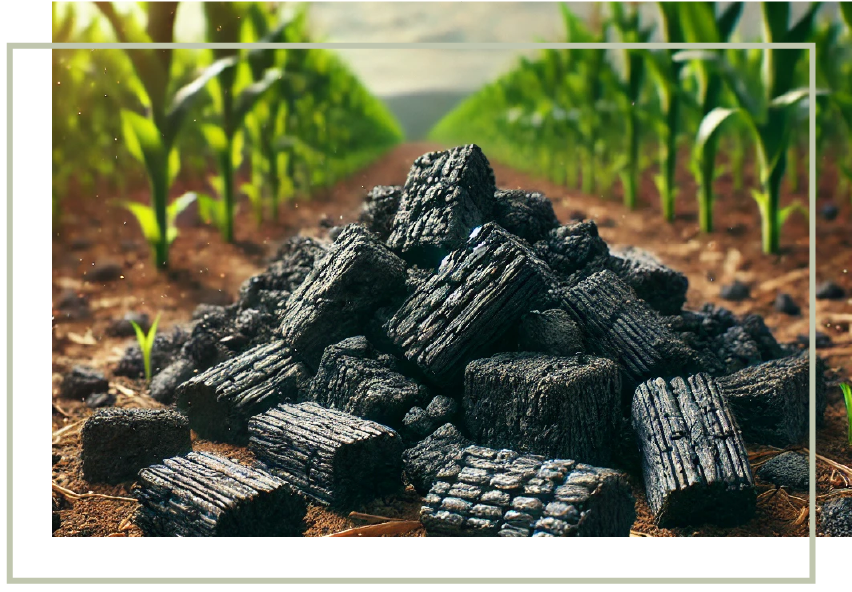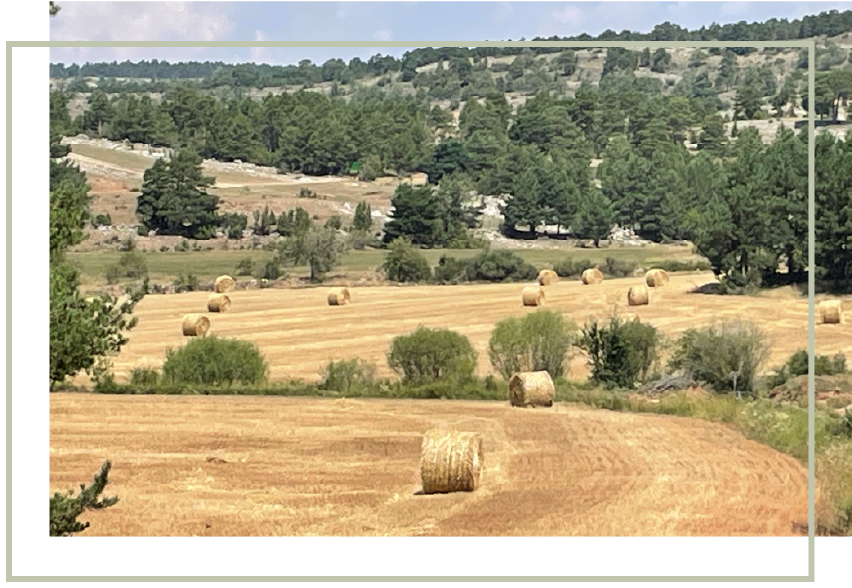CO2 capture & Climate Change
Nature itself also plays a vital role in absorbing carbon dioxide. Sustainable forestry management practices allow us to harness the power of forests while protecting their ecosystems. Through careful replanting and selective logging, forests continue to thrive, absorbing CO2, preserving biodiversity, and supporting local communities.
By combining the power of CO2 capture technology with sustainable forestry and digital twins, we can create a future where human activity works in harmony with the environment. Together, these innovations offer hope for restoring the balance of our planet and building a more sustainable world for future generations.
Digital twins are emerging as a transformative technology for forestry preservation and the evaluation of carbon dioxide (CO2) capture in forests. By creating virtual replicas of forest ecosystems, these tools enable accurate monitoring, modeling, and prediction of forest dynamics. One study utilized mobile LiDAR scanning and artificial intelligence platforms to generate digital twins of individual trees with 95-98% accuracy. These digital twins provided reliable measurements of tree attributes, such as height and diameter, comparable to traditional field methods. This innovation offers a scalable and efficient method for biodiversity preservation and sustainable forest management
Digital twins also enhance the transparency and accuracy of forest carbon stock estimation, a critical factor in assessing the role of forests in CO2 sequestration. Machine learning techniques, integrated with drone-based imagery, allow for cost-effective and precise analyses of forest biomass. These methods address the limitations of traditional ground-based sampling and low-resolution satellite data, enabling more reliable carbon storage estimations and encouraging investment in forest conservation projects




Engineered soils, also known as technical soils, are specifically designed to enhance carbon dioxide (CO₂) sequestration, thereby mitigating climate change. These soils are formulated by incorporating materials such as crushed silicate rocks, biochar, and specific minerals toaccelerate natural processes that capture and store atmospheric CO₂.
Key Components and Mechanisms:
- Enhanced Weathering: This involves adding finely crushed silicate minerals to soils, which react with CO₂ to form stable carbonates, effectively locking away carbon for extended periods. Research indicates that applying rock dust to croplands could absorb up to 2 billion tonnes of CO₂ annually.
- Biochar Application: Biochar, a stable form of carbon produced from biomass, is integrated into soils to improve fertility and sequester carbon. Studies have shown that biochar can enhance soil carbon storage and provide agronomic benefits.
- Mineral Additives: Incorporating minerals like basalt or dolerite into soils can enhance CO₂ capture through chemical reactions that form stable carbonates. Field trials have demonstrated that such engineered soils can sequester significant amounts of CO₂ while improving soil properties.
Benefits:
- Carbon Sequestration: Engineered soils can capture and store atmospheric CO₂, contributing to climate change mitigation.
- Soil Health Improvement: The addition of materials like biochar enhances soil fertility, water retention, and microbial activity, leading to increased agricultural productivity.
- Long-Term Stability: The carbon sequestered in engineered soils is often stable over long periods, ensuring lasting climate benefits.